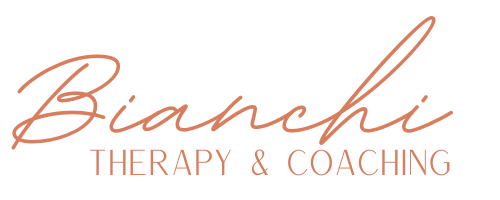Learning to Say No Without Losing Yourself
If you’ve been a people-pleaser your whole life, the performing arts world can be brutal. Directors, teachers, choreographers, casting agents—so many people whose approval feels like it could change everything. Saying “yes” to everything can feel like the only way to survive. And honestly, at one point in your life, it probably was. That part of you learned early on that keeping others happy meant staying safe.
But here’s the thing: you’re not that kid anymore. You’re an artist. And if you keep giving away every yes, you end up drained, disconnected, and far from the kind of artistry you actually want to bring to the stage.
This is where embodiment comes in.
Boundaries aren’t just about words—they live in the body. The next time someone asks something of you, pay attention to what happens inside. Do you feel your chest tighten? Your stomach sink? Your throat close up? Those sensations are your system telling you something. Instead of plowing past them, take a breath. Plant your feet on the ground. Give yourself a second before responding.
Try this:
Pause first.
Before you answer, put a hand on your chest or belly and quietly ask yourself: Is this a true yes, or is this my “keep the peace” yes?Practice gentle no’s.
If your body says no, it doesn’t have to come out harsh or defensive. You can say:“I want to give my best work, and I know I can’t commit fully to this right now.”
“Thanks so much for thinking of me, but I can’t take that on.”
“That’s not something I can say yes to right now, but I really appreciate the offer.”
Experiment with posturing.
Sometimes, embodying confidence starts with the body itself. Try standing tall, shoulders relaxed but open, feet firmly planted. Imagine a string pulling gently upward from the crown of your head. This “posturing” sends a signal to your nervous system: I am grounded, I am steady, I am allowed to take up space. Practice this even when you’re alone, so when the moment comes to say no, your body already knows what confidence feels like.Split into parts and rehearse them.
Using a parts lens (like in IFS), imagine two different “characters” inside you:The Fawning Part, who says yes to keep everyone happy.
The Confident, Boundaried Part, who protects your energy and speaks from alignment.
Actually play out a short scene as each part. Let the fawning part take the stage first—notice how your body feels, how your voice sounds, what tension shows up. Then switch into the boundaried part—adjust your posture, slow your breath, and deliver your “no” with clarity. Compare the two. Which feels more draining? Which feels more empowering? This isn’t about judgment, it’s about rehearsal.
Act as if.
Even if your inner critic is screaming, You can’t say no!—try “acting as if” you’re the most self-assured, grounded version of yourself. How would that person sit, stand, breathe, respond? Borrow from your actor’s toolkit: step into the character of your confident self, and let your body lead the way. Each time you practice, you strengthen the pathways toward choosing the part of you that serves you best in real life. The more you rehearse this, the more natural it will become until it’s not acting anymore—it’s just you.Start small.
Don’t wait until you’re under a Broadway spotlight to practice this. Start in safe, low-stakes places—like saying no to an extra task when you’re already maxed out, or choosing rest over one more social event. Each time you do, your nervous system learns: It’s safe for me to set a boundary.
Over time, you’ll notice something shift. Saying no won’t feel like a threat anymore. And when you do say yes, it’ll come from a place of alignment and strength—not obligation.
That’s the paradox: the stronger your no’s become, the more powerful and authentic your yes’s feel.
